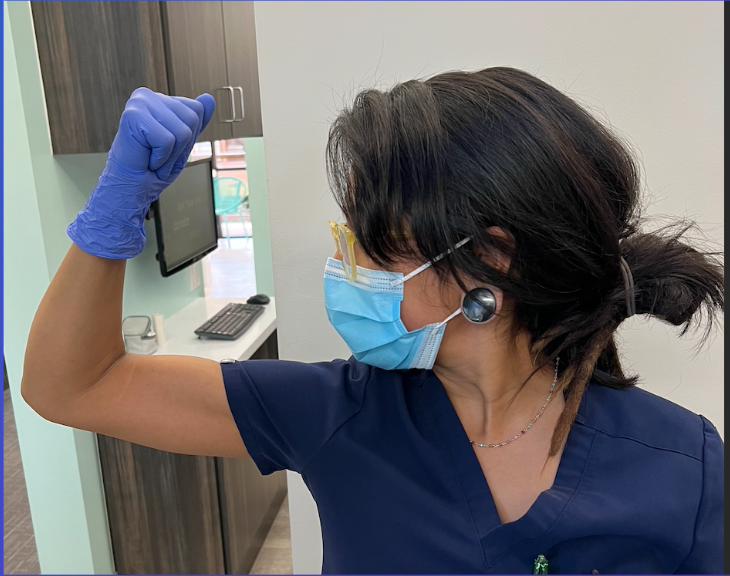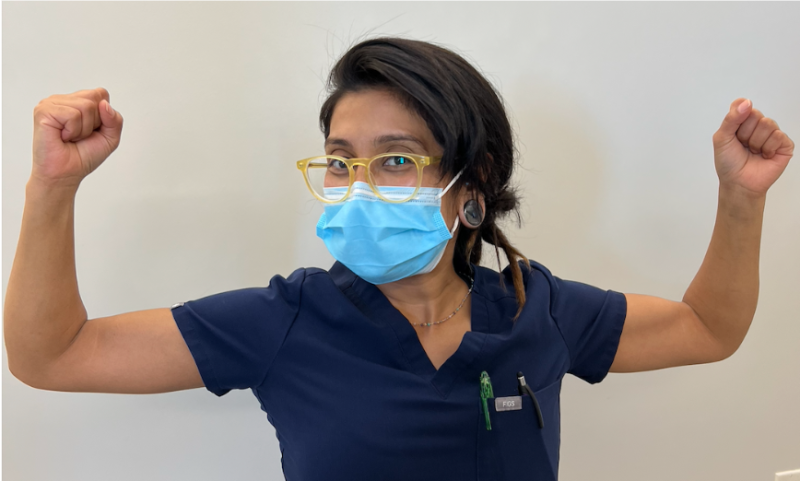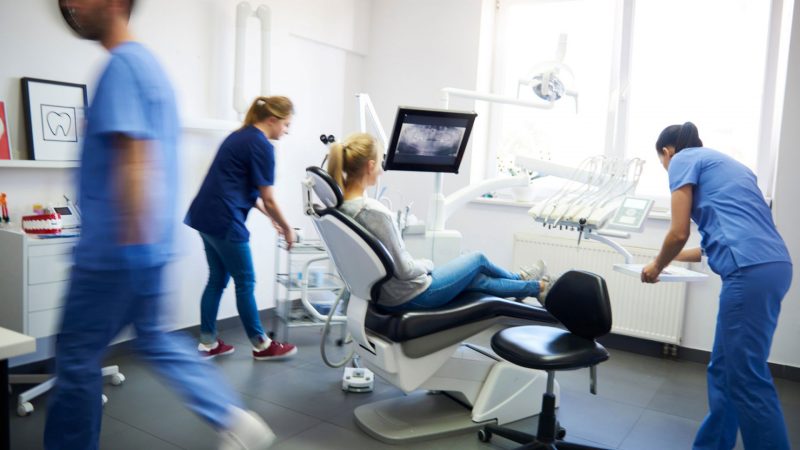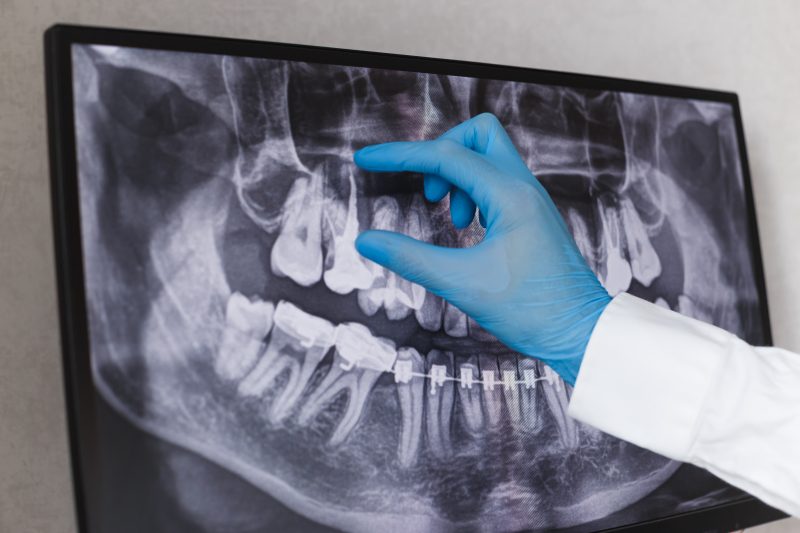In the ever-evolving landscape of healthcare, dental assisting stands out as an integral profession that plays a vital role in maintaining oral health and assisting dental practitioners in delivering quality care to patients. However, this rewarding profession is not without its challenges, as dental assistants face various physical demands that can lead to musculoskeletal disorders and injuries. To address these issues and ensure a long and fulfilling career, dental assistants must embrace the principles of ergonomics—a science that focuses on creating a workspace that minimizes risk factors and promotes overall well-being.

Understanding Ergonomics in Dental Assisting:
Ergonomics in dental assisting is not a mere afterthought but rather a crucial aspect of the profession. By delving into the realm of ergonomics, dental assistants gain insights into how their work environment and physical movements can impact their health and well-being. It empowers them to identify potential risk factors and take proactive measures to mitigate them.
Ergonomic Principles for Dental Assistants:
At the core of ergonomic principles for dental assistants lies the pursuit of proper posture and body mechanics. By striving for correct alignment of the spine, neck, and limbs, dental assistants can significantly reduce the strain on their bodies during the hours spent assisting patients. An ergonomically friendly dental operatory involves thoughtful adjustments to the dental chair, strategic patient positioning, and an organized setup of instruments and equipment.
Preventing Workplace Injuries:
Preventing workplace injuries is a paramount concern in dental assisting, and ergonomics provides the roadmap to achieve this goal. Back and neck pain, common afflictions among dental assistants, can be mitigated by adhering to proper lifting techniques, utilizing assistive devices for heavy equipment, and seeking assistance when handling patients with limited mobility. Additionally, taking proactive measures to prevent hand and wrist injuries, such as maintaining a neutral wrist position, using ergonomic instrument handles, and taking regular breaks, can significantly contribute to the overall well-being of dental assistants.
Eye strain and fatigue, often caused by prolonged exposure to bright dental lights and computer screens, can be minimized through thoughtful workspace design and adherence to the 20-20-20 rule, where individuals take a break every 20 minutes to focus on an object 20 feet away for 20 seconds. Furthermore, strict adherence to infection control protocols is essential for preventing respiratory issues and exposure to hazardous materials commonly found in dental settings.
Incorporating Ergonomics into Daily Practice:
The integration of ergonomics into daily practice is a transformative step that dental assistants must embrace to ensure their well-being and career longevity. It begins with acknowledging the significance of self-care and effective time management. Regular stretching exercises, scheduled breaks, and the use of ergonomic aids and accessories are small yet powerful actions that contribute to the overall well-being of dental assistants.
Effective communication and teamwork also play a pivotal role in addressing ergonomic concerns within the dental team. By fostering an environment where concerns are openly discussed and solutions are collectively sought, dental assistants can create a workplace that prioritizes the health and safety of all team members.
Promoting Well-Being and Career Longevity:
Promoting well-being is not a luxury but rather a necessity for dental assistants to excel in their profession. Effectively managing stress and incorporating relaxation techniques into daily routines can help dental assistants maintain a healthy work-life balance. Moreover, taking regular breaks throughout the workday not only allows for physical rejuvenation but also enhances mental clarity and focus.
Continuing education opportunities focused on ergonomics enable dental assistants to stay abreast of the latest developments in the field and refine their understanding of how to create an ergonomically optimized workspace. By continuously seeking opportunities for growth and improvement, dental assistants can expand their knowledge base and remain at the forefront of their profession.
In instances where chronic pain or injuries do arise, seeking professional assistance is not a sign of weakness but an act of wisdom. Addressing these issues promptly and proactively can prevent minor concerns from escalating into career-limiting challenges.
In conclusion, ergonomics plays a pivotal role in dental assisting, touching every aspect of the profession. By embracing ergonomic principles and implementing them into daily practice, dental assistants can safeguard their physical well-being, promote a healthy work environment, and ensure a long and successful career. Prevention of workplace injuries, incorporation of ergonomics into daily routines, and prioritization of well-being are the cornerstones of a thriving dental assisting career. As the dental industry continues to evolve, so too should the commitment to ergonomics, as it remains an essential ingredient for a bright and prosperous future in dental assisting.
To enhance your understanding of dental assisting ergonomics and to access further valuable resources, consider exploring the following reputable organizations, websites, and forums:
1. American Dental Assistants Association (ADAA):
The ADAA is a leading organization dedicated to dental assistants’ professional growth and well-being. Their website provides valuable resources on ergonomics, including articles, webinars, and guidelines to ensure optimal workplace safety and health.
Website: https://www.adaausa.org/aws/ADAA/pt/sp/home_page
2. Occupational Safety and Health Administration (OSHA):
OSHA offers comprehensive guidance on workplace safety, including ergonomics for dental professionals. On their website, you can find relevant publications and standards that promote safe work practices and injury prevention.
Website: https://www.osha.gov/
3. Academy of General Dentistry (AGD):
The AGD website often features articles and resources on various dental topics, including ergonomics for dental assistants. Their materials can offer valuable insights into creating an ergonomic workspace and maintaining overall well-being.
Website: https://www.agd.org/
4. National Institute for Occupational Safety and Health (NIOSH):
NIOSH provides research-based information on occupational safety and health. Their resources can be beneficial for dental assistants looking to implement evidence-based ergonomic practices.
Website: https://www.cdc.gov/niosh/







